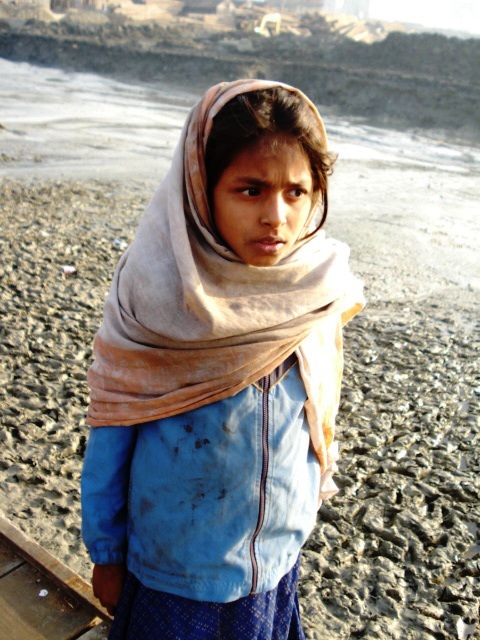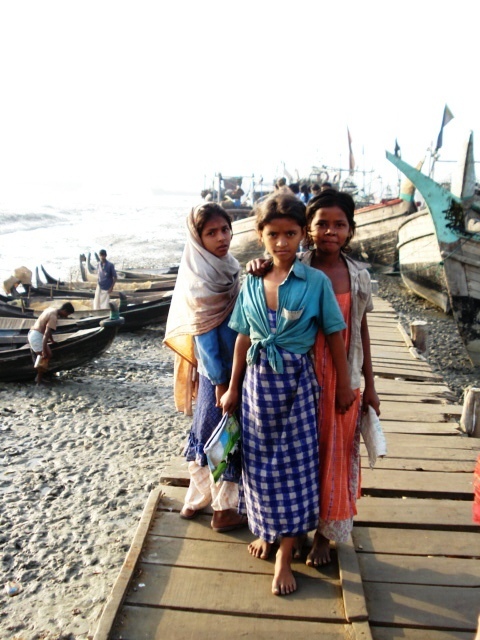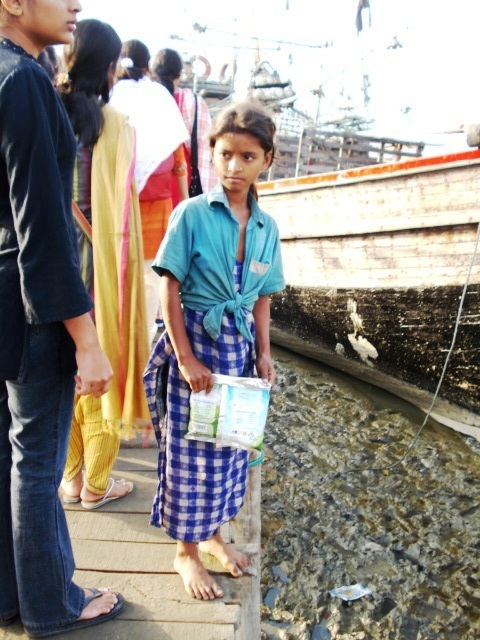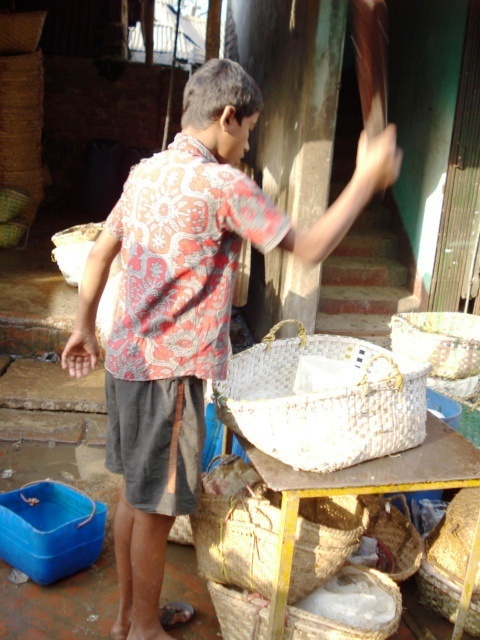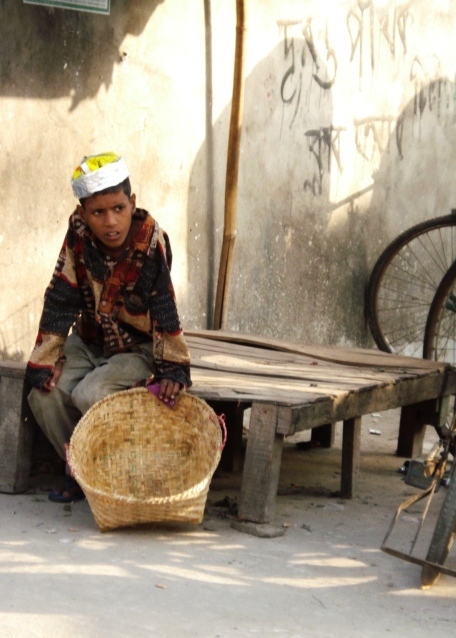There is a stereotype that most of the parents in South Asia desires baby boy rather than baby girl. Parents in this area wants baby boy due to poverty, earning opportunity, social admiration, to carry on the family name and to support their parents in their old age. The society, culture, belief, and increases of male domination in the South Asian countries prove that this stereotype is true. In addition, because of social structure, job opportunities, male priority, socioeconomic reasons, superstations, religious functions, socio-cultural utility, and dowry system most of the South Asian parents want baby boy. Finally, this stereotype about both boys and girls is extremely common in South Asia and it is an unpleasant true for most of the South Asian countries.
Now the question may come to your mind is what stereotype and why it plays a significant role in the society?
Social stereotypes are compilation of viewpoints or beliefs, which are oversimplified, strongly believed, and common to a specific group of people in the society. Cognation, action, and attitude are the three things that create social realities or social stereotypes. In the social stereotype circle, we think about typecasts through mental process and judge about it, and that is cognitive. Subsequently, through cognation we take action in which the attitudes of people in the society create discrimination based on gender, physical, mental, social rank, and characteristic; and when the people of the society put negative judgment in the stereotype it become prejudice. Afterward, these attitudes become cognitive and the circle continues. Most of the time, social stereotypes affect us automatically or unconsciously. In addition, social stereotypes are natural because differences between men and women are innate qualities and these dissimilarities create many stereotypes. In the society whenever we see the people around us then we can easily make a judgment and personification of a category, so it is clear that social stereotypes are natural. Some stereotypes can be changed although it takes long time to alter a stereotype as they are people’s personal believe. However, they can be changed through proper education, true evidences, new outlooks, and demands of society. It is very difficult to change social stereotypes as they are rigidly held and rooted in the society. Therefore, social stereotypes have so much influence because it is not possible to remove one typecast form the all people of the society. People are nurturing many stereotypes through and many people believe on it. Finally, social stereotypes have a colossal impact on their mind, culture and heredity, so they have so much power in the society.
Now stereotypes in child labor issue!!!!! Surprised?
Stereotypes are omnipresent in all the countries of the world and many different issues and most importantly it plays a vital role in the gender related issues. Therefore, if we look into a specific issue like child labor and go deep into it we can see Girl Child Labor are not free form these gender discriminatory stereotypes. For instance, during my project on child labor in Bangladesh, I went to Fringe Bazaar which is a Fishery Yard in Chittagong, Bangladesh. There many child labors and the number were much more than I expected. Both boy and girl child labor were waiting there to get some work as work will bring money which will bring food. There I talked with a girl child labor name Ayesha who works in this fish market to support her family. She has to carry the heavy baskets of iced fish and get only 10 Taka per basket. She cannot carry more than 10 to 12 baskets a day. As a result, at the end of the day she gets only 100 to 150 Taka which is less than 2 dollars. Most of the time, she does not get any basket to carry as there are other boy child labors who get the first preference for working. Employers think she will not be able to carry these heavy baskets, as SHE IS A GIRL! She does not have same strength as a boy of her same age. This is not the only examples, there are many. Therefore, problems become exacerbate when the child labor is a girl!!!
